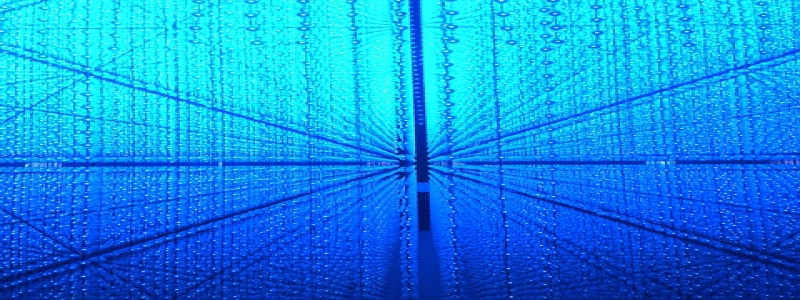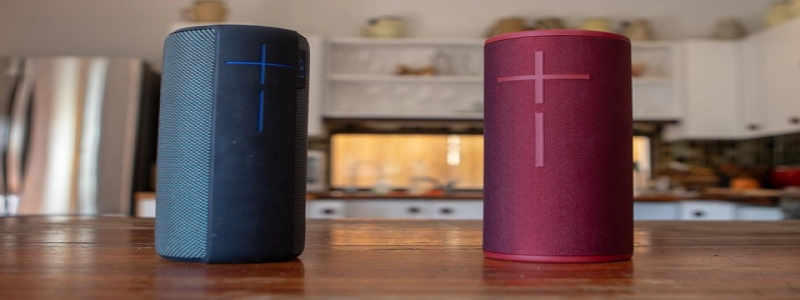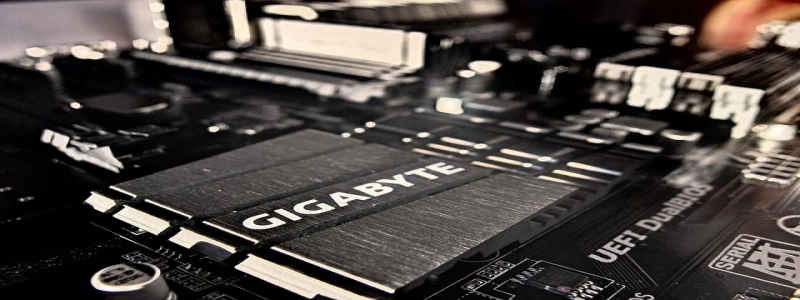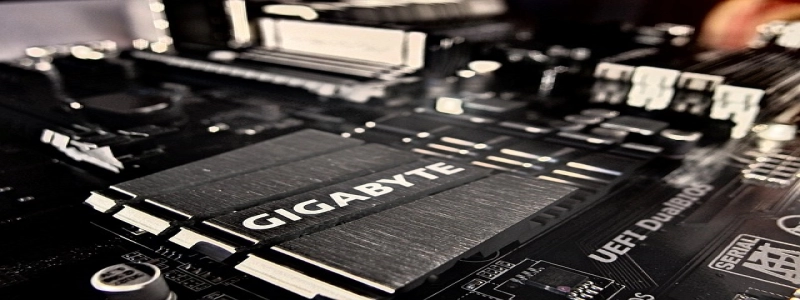How to Measure the Wavelength
Introduction:
The measurement of wavelength is an essential task in various scientific fields, such as physics, chemistry, and optics. It helps in understanding the properties of light and other electromagnetic waves. In this article, we will discuss the method to measure the wavelength accurately.
I. Understanding Wavelength:
Before proceeding to the measurement techniques, it is crucial to understand what exactly a wavelength is. Wavelength is defined as the distance between two consecutive points of the same phase in a wave. It is usually represented by the symbol lambda (λ) and is measured in units of length, such as meters or nanometers.
II. Using a Spectrometer:
One of the most widely used methods to measure the wavelength is by employing a spectrometer. A spectrometer is an instrument that separates light into its various components based on their wavelengths. By observing the pattern of light dispersion through a slit and a diffraction grating, the wavelength of the light can be determined accurately.
III. Young’s Double-Slit Experiment:
Another well-known technique to measure the wavelength of light is through Young’s double-slit experiment. This experiment involves passing light through two closely spaced slits and observing the resulting interference pattern. By measuring the distance between the slits and the observed pattern, the wavelength of the light can be calculated.
IV. Using a Fabry-Perot Interferometer:
The Fabry-Perot interferometer is an advanced and precise instrument used to measure the wavelength of light. It consists of two highly reflective mirrors spaced apart. By observing the interference pattern between the reflected beams of light, the wavelength can be determined accurately.
V. Diffraction Grating:
A diffraction grating is a device that splits light into its different components based on their wavelengths. By observing the diffraction pattern produced by the grating, the wavelength of the light can be calculated. The number of lines per unit length on the grating determines its resolving power.
VI. Conclusion:
Measuring the wavelength accurately is of utmost importance in various scientific disciplines. Whether it is through the use of a spectrometer, Young’s double-slit experiment, Fabry-Perot interferometer, or a diffraction grating, scientists can obtain precise information about the characteristics of light and other electromagnetic waves. By understanding the methods discussed in this article, researchers can further advance their study of the properties of waves and their interactions with matter.







